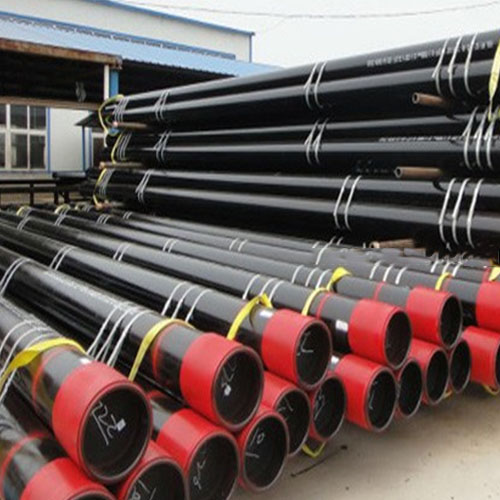Understanding API casing specification for 13 3/8: A Comprehensive guide
API Casing Specification for 13 3/8
When it comes to Oil and gas drilling operations, the selection of the right casing is paramount. Casing not only supports the wellbore but also ensures the integrity of the well, preventing any potential leaks or collapses. One of the common casing sizes used in the industry is 13 3/8 inches. Understanding the API casing specification for 13 3/8 is essential for engineers, drillers, and other professionals involved in the oil and gas sector.

The american petroleum Institute (API) has established standards for casing specifications to ensure safety, reliability, and compatibility across the industry. these standards provide guidelines for the design, material, dimensions, and testing of casing and Tubing used in oil and gas wells. For 13 3/8 casing, the API specification sets out specific requirements that must be met to ensure optimal performance and durability.
API casing specification for 13 3/8 covers various aspects, including the material grade, dimensions, weight, and thread type. The material used for casing must meet certain mechanical properties to withstand the harsh conditions encountered during drilling and production. Common material grades for 13 3/8 casing include J55, K55, N80, and L80, each offering different levels of strength and corrosion resistance.
In terms of dimensions, the API specification defines the outer diameter (OD), wall thickness, and length of the casing. The OD of 13 3/8 casing is fixed at 13.375 inches, while the wall thickness may vary depending on the specific requirements of the well. Standard lengths of 13 3/8 casing typically range from 30 to 45 feet, although longer lengths can be custom ordered if needed.
Weight per foot is another critical parameter specified by the API. The weight of the casing is determined by the combination of its dimensions and material grade. Heavier casing is often preferred for deeper wells or environments with higher pressure and temperature conditions, as it provides greater strength and stability.
Thread type and connection are also specified in the API casing specification for 13 3/8. Threads are used to connect individual joints of casing and form a tight seal to prevent fluid leakage. Common thread types for 13 3/8 casing include API Buttress and API Regular, each with its own characteristics and advantages. The choice of thread type depends on factors such as well design, operating conditions, and equipment compatibility.
oil Pipe oil hoseIn addition to these primary specifications, the API also outlines testing requirements to ensure the quality and integrity of the casing. Various non-destructive and destructive tests are conducted during manufacturing to evaluate factors such as chemical composition, mechanical properties, and dimensional accuracy. These tests help identify any defects or weaknesses in the casing that could compromise its performance in the field.
Overall, understanding the API casing specification for 13 3/8 is essential for ensuring the success and safety of oil and gas drilling operations. By adhering to these standards, engineers and operators can select the right casing materials and dimensions to meet the specific requirements of their wells. Compliance with API specifications also ensures consistency and compatibility across different suppliers and regions, facilitating smooth operations and reducing risks associated with well integrity issues.
